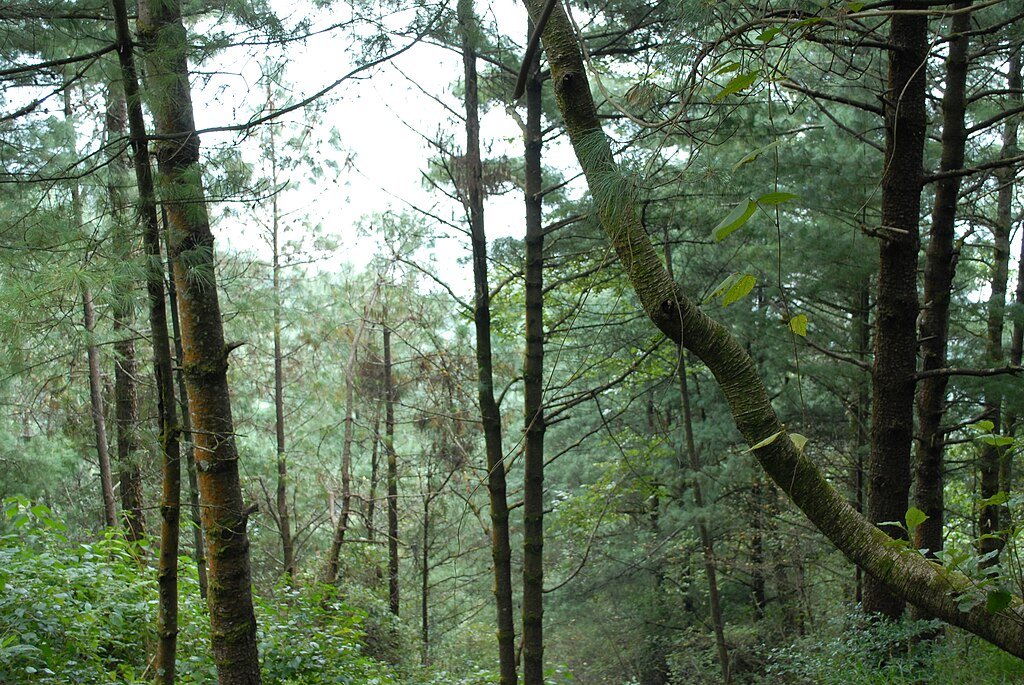Scientists in China achieved a groundbreaking feat by employing laser-equipped drones to conduct the most comprehensive tree census ever recorded. The study, which uncovered an astonishing 142.6 billion trees across the country, represents a significant advancement in forest monitoring and ecological research.
Precision Through LiDAR Technology

Utilizing Light Detection and Ranging (LiDAR) technology, researchers mapped vast forested regions with unparalleled accuracy. Unlike traditional ground surveys, which are time-consuming and limited in scope, LiDAR-enabled drones efficiently scanned landscapes, capturing high-resolution data that allows for precise tree detection and classification.
A Boon for Environmental Conservation

The findings provide important insights for conservationists and policymakers, offering a clearer picture of China’s forest density and biodiversity. By understanding tree distribution, experts can develop more effective reforestation programs and carbon sequestration strategies. Additionally, this method helps in tracking deforestation and the impact of climate change on forest ecosystems.
Challenges and Future Prospects
While the technology offers remarkable advantages, challenges remain, including the high cost of LiDAR equipment and the data processing complexities. However, as advancements continue, these hurdles are expected to diminish, paving the way for global adoption of similar methodologies. Future applications may include monitoring endangered species habitats and improving precision agriculture.
A Step Towards Global Forest Monitoring

China’s pioneering approach serves as a model for other nations seeking innovative ways to assess their forest resources. As technology evolves, large-scale environmental assessments will become more efficient, providing invaluable data to combat deforestation and promote sustainable land management.
Through this breakthrough, China has demonstrated how cutting-edge technology can deepen our understanding of the natural world, offering a blueprint for future ecological conservation efforts worldwide.
Source:





